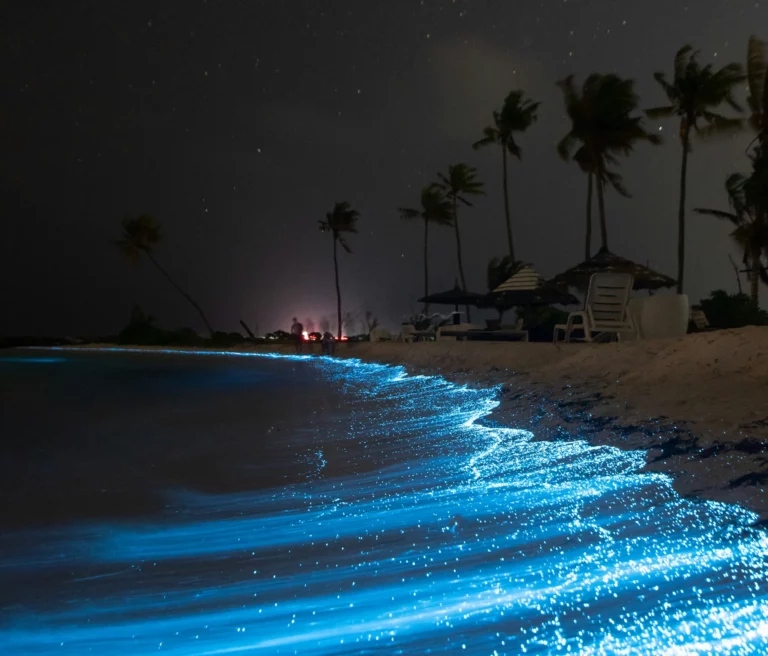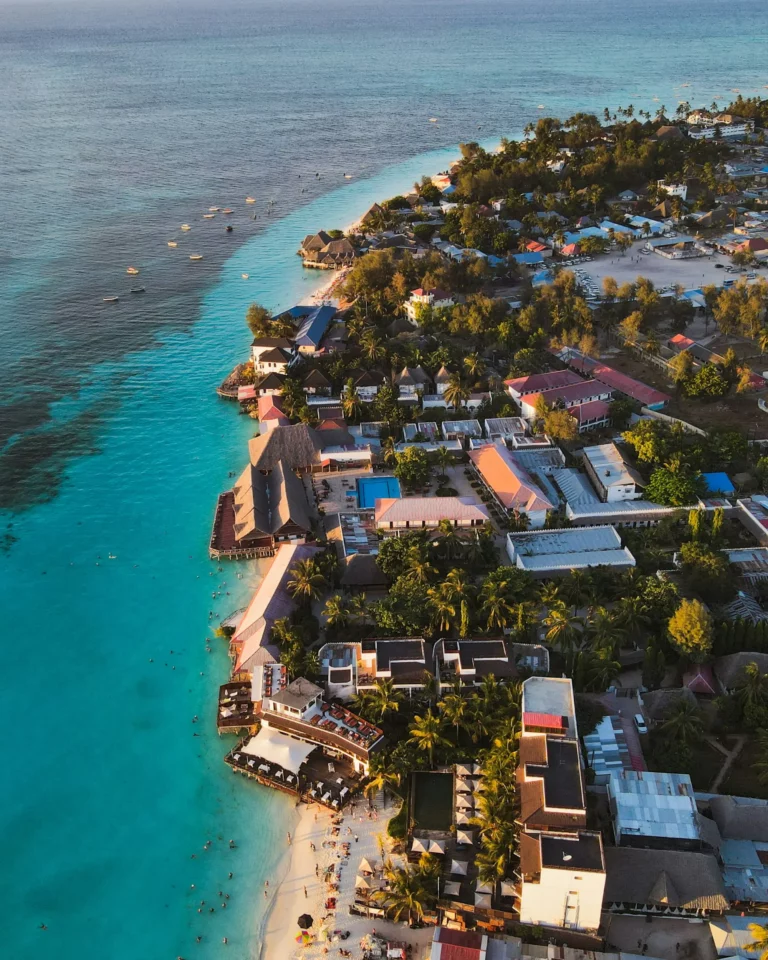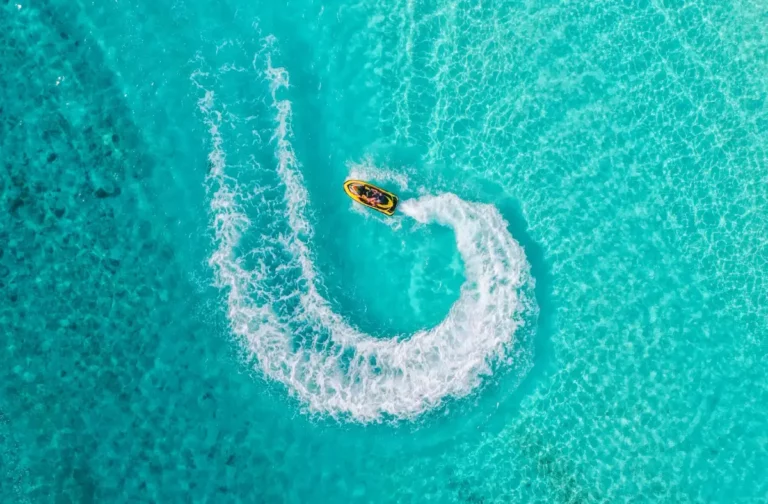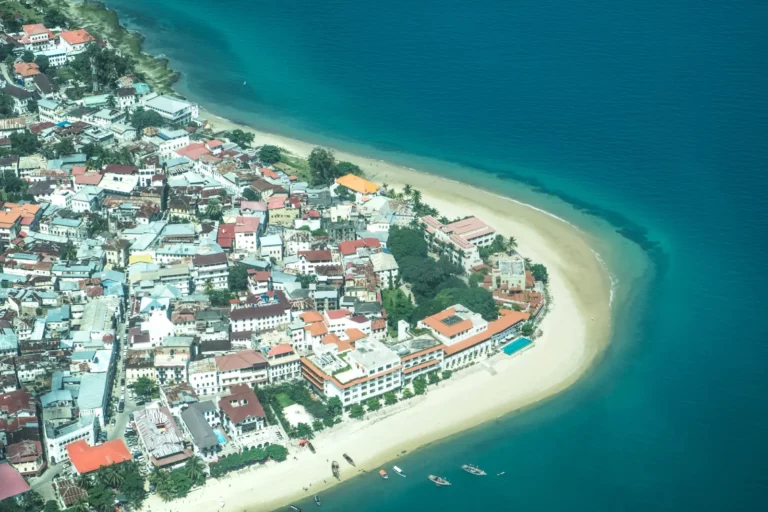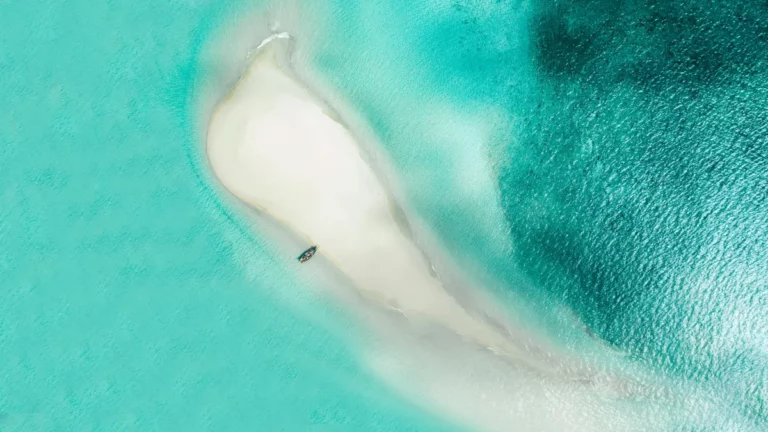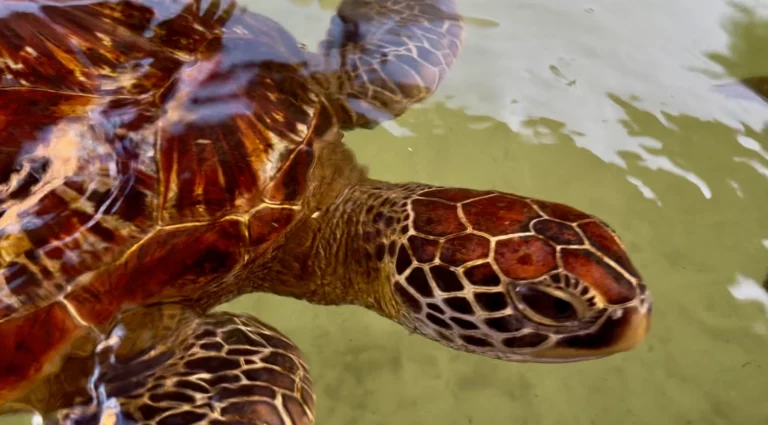Adventure Activities in Zanzibar: Beyond the Beach

Zanzibar may be famous for its turquoise waters and dreamy white-sand beaches, but if you stop there, you are only scratching the salty surface. Beneath the beachy brochures lies an island humming with adrenaline-pumping, heart-thumping, memory-making adventures. Whether you are into underwater escapades, jungle hikes, or cultural deep dives, this spice-scented archipelago has far more than hammocks and high tides.
This is your ultimate guide to the top adventure activities in Zanzibar, designed especially for Gen Z and millennial explorers, European tourists seeking authentic experiences, and eco-conscious travelers craving meaningful thrills. Let us go beyond the beach and into the wild, the weird, and the wonderful.
Aquatic Adventures: Dive, Surf, and Sail the Swahili Seas
Snorkeling and Scuba Diving at Mnemba Atoll
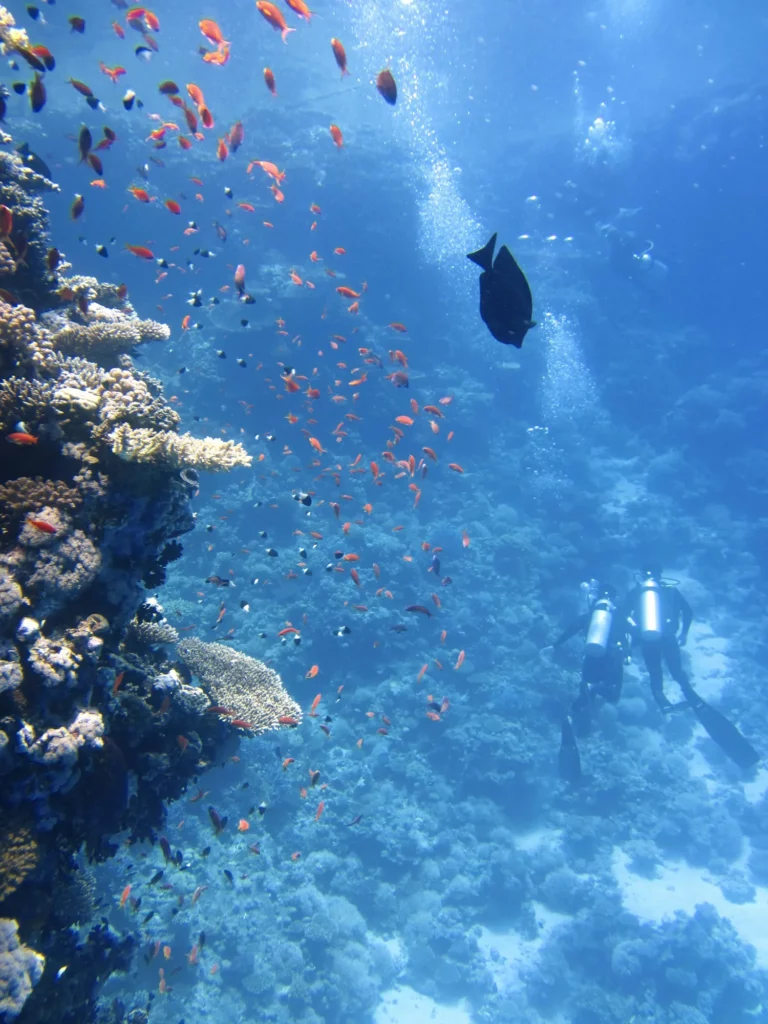
Welcome to what many divers call the crown jewel of Zanzibar’s underwater world. Just off the northeast coast lies Mnemba Atoll, a protected marine reserve famous for its jaw-dropping coral reefs and crystal-clear visibility.
This is the kind of place where sea turtles casually swim past like locals late for lunch, and schools of vibrantly colored fish dart in synchrony like living fireworks. For certified divers, there are deeper drop-offs and caverns to explore. But even if you have never strapped on a tank before, snorkeling here is like swimming inside a National Geographic documentary.
- Best for: Underwater photographers, first-time snorkelers, scuba fanatics
- What to bring: Reef-safe sunscreen, waterproof camera, your sense of awe
- Eco tip: Choose operators that follow reef-friendly practices and avoid dolphin chasing
Kitesurfing in Paje: Where Wind and Waves Collide
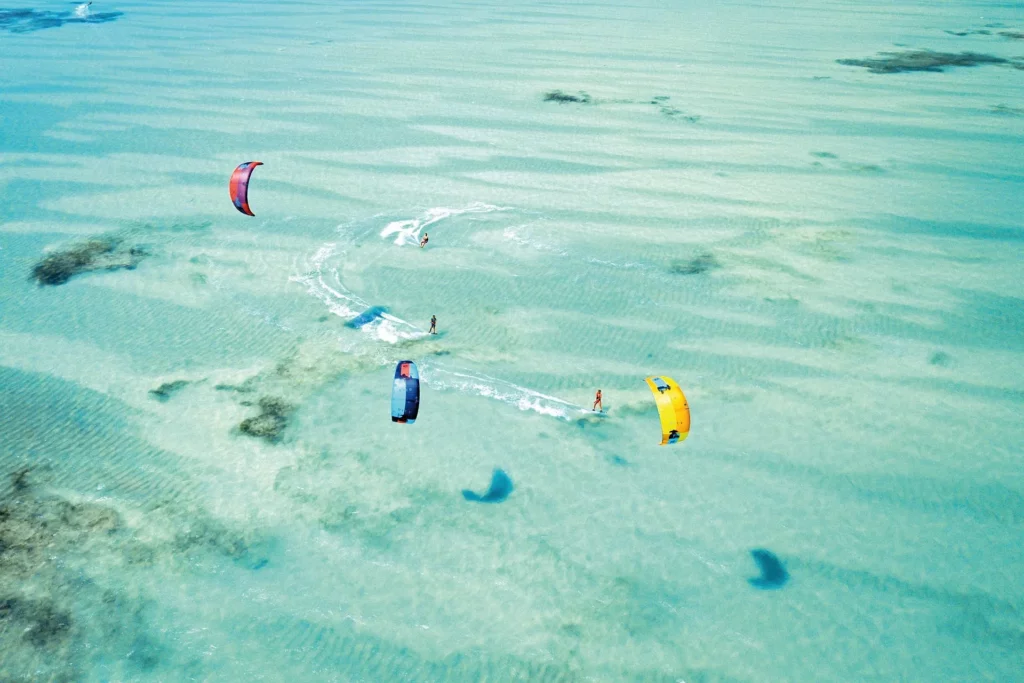
On Zanzibar’s southeastern coast, the village of Paje has transformed from sleepy fishing spot to global kitesurfing haven. Here, the wind whips across the wide, shallow lagoon with just enough drama to get your adrenaline going but not enough to knock you into the next time zone.
Beginners love the flat water and ample space to fumble safely, while seasoned kitesurfers come for the consistent wind and strong vibes. Lessons are readily available from certified instructors, and the beach buzzes with a mix of sunburned pros and sand-covered dreamers.
- Best for: Thrill-seekers, Insta-adventurers, sporty couples
- Insider tip: The best wind conditions are from June to October and December to February
- Social bonus: Beach bars along Paje double as post-surf hangouts with fire shows, DJs, and no shoes required
The Safari Blue Experience: Dhow Sailing with a Splash
If snorkeling, seafood feasting, and sailing on a traditional Swahili dhow sound like your kind of adventure, the Safari Blue tour belongs high on your bucket list. Departing from Fumba in the south, this full-day ocean escapade takes you through the Menai Bay Conservation Area.
Expect dolphin sightings, natural lagoons, snorkel stops over thriving coral gardens, and a midday picnic on a sun-kissed sandbank that appears only at low tide—yes, an actual floating lunch spot. The crew often cooks fresh seafood right there, and if you are lucky, they will throw in a coconut-climbing demo.
- Best for: Eco-lovers, group travelers, slow adventurers
- What makes it special: The dhows are handcrafted from local wood and captained by skilled sailors
- Book early: This tour is popular and can fill up days in advance during peak seasons
Terrestrial Thrills: Forests, Villages, and Red Monkeys
Jozani Chwaka Bay National Park: Forest Trekking with Primates

Zanzibar’s only national park is more than just a green space—it is a living example of biodiversity and conservation in action. Tucked between the villages of Chwaka and Jozani in the center of Unguja island, this lush expanse of forest is home to Zanzibar’s endemic red colobus monkey—a shaggy, curious, and slightly judgmental primate found nowhere else on Earth.
You will hike through shaded mahogany groves, past medicinal trees, and along wooden walkways above mangrove swamps. Keep your camera ready: you may spot bush babies, Sykes’ monkeys, and dozens of rare bird species. The walk is relatively easy, but the stories your local guide tells will stay with you long after the trail ends.
- Best for: Wildlife lovers, families, birders, and nature photographers
- Length: Around 2–3 hours depending on how often you stop to admire monkeys
- Bonus: Your entrance fee supports community-led conservation efforts
Quad Biking through Nungwi and Kendwa: Off-Road Meets Island Life
If your idea of fun involves a bit of dust, grit, and horsepower, quad biking is the perfect way to explore Zanzibar’s northern corners. Many tours depart from Nungwi or Kendwa, winding through coconut groves, farmlands, and backroad trails that you will never see on a postcard.
This is not just about speed; it is about access. Along the way, you will meet local villagers, pass baobab trees that look like something from a Dr. Seuss book, and stop at remote beaches where the only footprints are your own. Some tours even include a village visit or school stop, making this more than just a joyride.
- Best for: Off-roaders, adrenaline junkies, group fun
- Requirements: A valid license for solo riders; passengers welcome
- Tip: Choose guided tours that emphasize community respect and environmental sensitivity
Hiking in the Kiwengwa–Pongwe Forest Reserve
Often overshadowed by its more famous cousin, Jozani, the Kiwengwa–Pongwe Forest Reserve on Zanzibar’s eastern spine is a haven for hikers and eco-explorers. Here, you can hike through coral rag forests, spot chameleons hiding in plain sight, and learn about traditional herbal remedies from your guide.
The trails are relatively flat but rewarding, especially if you enjoy birdwatching or botany. Giant ficus trees tower above the limestone paths, and the air smells of clove leaves and ocean mist. Keep your eyes peeled for bush babies, and listen for the haunting call of the Zanzibar Sombre greenbul (yes, that is a real bird).
- Best for: Eco-conscious hikers, botanists, and off-the-map wanderers
- Trail rating: Easy to moderate
- Conservation note: This area is part of Zanzibar’s effort to protect remaining forest cover against logging and development
Cultural Immersion as Adventure: Sweat, Spice, and Swahili Vibes
Stone Town Tours: Where History Hides in Every Alley

Navigating Stone Town is like stepping into a historical maze with hidden treasure on every corner—if the treasure were carved wooden doors, rooftop coffee spots, and whispers of sultans past. Yes, it is a UNESCO World Heritage Site, but it is also one of Zanzibar’s most energetic, immersive experiences.
Forget maps. The best way to explore is on foot with a local guide who can decode the mashup of Arab, Persian, Indian, and Swahili influences. Visit the old slave market, the House of Wonders, and the Hamamni Persian Baths, then wind down with a cold sugarcane juice on the Forodhani seafront as kids dive off the quay like mini stuntmen.
- Best for: History buffs, architecture nerds, and Instagram explorers
- Travel tip: Wear comfortable shoes—these cobbled alleys have no mercy
- Extra adventure: Book a rooftop dinner with views over the harbor and the haunting call to prayer echoing at dusk
Spice Farm Tours: Zanzibar’s Most Aromatic Adventure
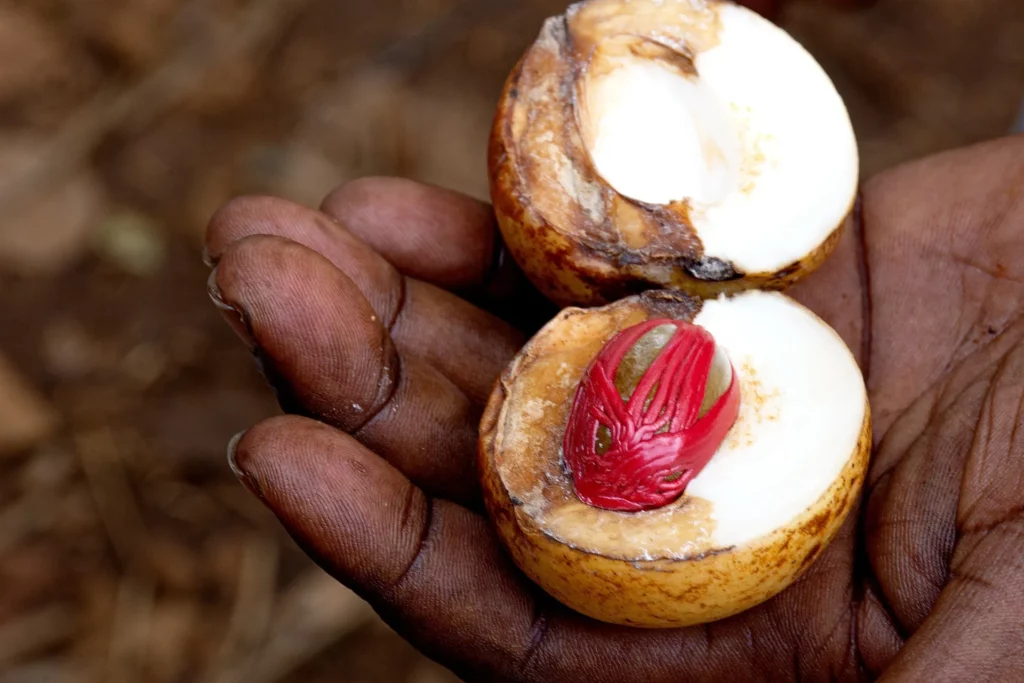
You have heard of the Spice Island, but smelling is believing. A spice tour is no passive walk in a garden—it is an interactive deep dive into the agriculture, trade, and flavors that shaped Zanzibar’s identity.
You will pluck cloves straight from the tree, taste cardamom seeds still sticky with sap, and get your face painted with turmeric paste (optional, but highly encouraged). Guides often climb the cinnamon trees like ninjas and hand you samples to sniff, chew, and guess.
- Best for: Foodies, families, and cultural explorers
- Tip: Book in the morning before the tropical heat kicks in
- Fun fact: Many farms double as cooperatives supporting local women and youth
Night Adventures and Magical Encounters
Bioluminescence Tours: Paddle into Liquid Stardust
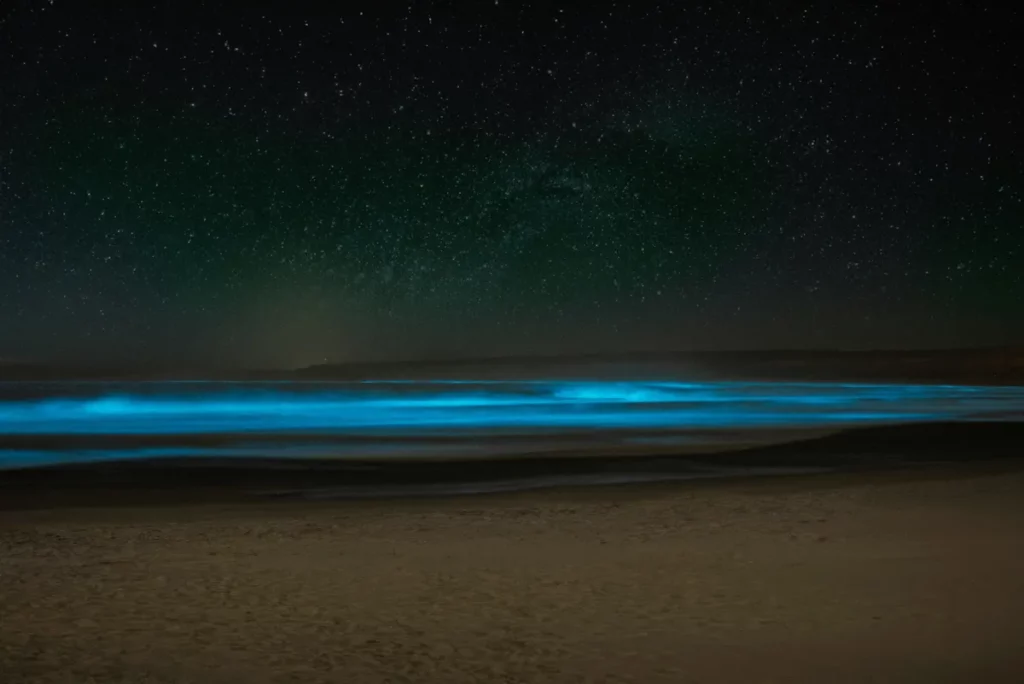
Imagine paddling through warm, dark waters under a canopy of stars—then dipping your hand into the sea and watching it shimmer in bright blue sparkles. This is not CGI. It is bioluminescence, a natural phenomenon caused by phytoplankton that glow when disturbed.
Several spots around Zanzibar’s east and south coast—especially near Bwejuu, Jambiani, and Michamvi—offer guided nighttime kayaking or stand-up paddleboarding tours. Some opt for quiet, meditative glides through the mangroves; others prefer a faster paddle that stirs up a show of underwater fireworks.
- Best for: Couples, night owls, photographers, and those chasing surreal moments
- Pro tips: No flash photography (it ruins the magic), and wear quick-dry clothes
- Eco angle: This is one of the least invasive marine activities—no motors, no lights, just nature
Prison Island (Changuu): Tortoises, Turquoise Water, and Colonial Echoes
A short boat ride from Stone Town lands you on Prison Island, where history and wildlife meet in the strangest way. Once intended as a prison for rebellious slaves, it was repurposed into a quarantine station—and today, it is best known for its population of Aldabra giant tortoises, some of which are over 150 years old.
You can feed the tortoises leafy greens, walk through the haunting ruins of the prison complex, and snorkel around coral reefs just off the island’s coast. It is an odd combo of eerie and serene—and somehow, it works.
- Best for: History lovers, wildlife fans, curious families
- Fun fact: The tortoises were a gift from the British governor of Seychelles in the 1910s
- Respect the rules: Do not sit on or climb the tortoises (yes, people still try)
Swimming with Dolphins—But Ethically, Please

The waters off Kizimkazi, in Zanzibar’s south, are famous for dolphin sightings. Bottlenose and humpback dolphins often cruise near the shore, and many tour operators offer “swim with dolphins” trips. But there is a catch: not all operators are ethical.
The responsible choice is to go with guides who follow no-chase policies, maintain respectful distances, and let you slip quietly into the water when the dolphins approach on their own terms. When done right, the experience is magical: a silent moment suspended between saltwater and starlight as a pod of dolphins glides by.
- Best for: Animal lovers, marine conservationists, bucket-listers
- Watch for red flags: Operators that rush, surround, or pursue dolphins disrupt their behavior
- Pro tip: Go early (6:00–7:00 am) for higher chances and calmer seas
Chumbe Island Coral Park: A Conservation Dream Come True
Just 8 km southwest of Zanzibar lies Chumbe Island, a fully protected marine and forest reserve that doubles as one of Africa’s most successful eco-tourism models. This is no ordinary snorkeling trip—this is snorkeling in a coral sanctuary with over 400 species of reef fish and pristine coral ecosystems untouched by mass tourism.
The island also hosts an eco-lodge powered by solar energy and rainwater catchment, and it is home to the endangered Aders’ duiker, a miniature antelope that looks like it belongs in a fantasy novel. The tour often includes forest walks, a climb up a historic lighthouse, and lunch on a private beach.
- Best for: Conscious travelers, serious snorkelers, zero-impact adventurers
- Stay overnight: The seven eco-bungalows are wildly romantic and always in high demand
- Educational bonus: The coral park doubles as a training center for local marine biology students
Zanzibar’s Offbeat Edge: Unexpected Thrills and Hidden Escapes
Mangrove Kayaking in Chwaka Bay and Uzi Island
Kayaking through Zanzibar’s mangroves is not just a paddle—it’s a journey into another ecosystem. On the east and south coasts, especially around Chwaka Bay and Uzi Island, you can glide through narrow green tunnels, spot kingfishers perched on low branches, and learn how mangroves stabilize coastlines and support marine life.
Some tours combine kayaking with local village visits or clove farm walks, offering a full day of cultural immersion and light adventure. The silence is broken only by your paddle strokes and the occasional splash of a jumping fish.
- Best for: Eco-travelers, birdwatchers, slow adventurers
- What to bring: Dry bag, water shoes, hat, and mosquito repellent
- Hidden perk: Few tourists venture here, so it still feels wild
The Rock Restaurant: Not Your Average Meal
Is eating an adventure? In Zanzibar, it can be. The Rock Restaurant near Michamvi Pingwe is perched on a literal rock in the ocean. At high tide, you arrive by boat. At low tide, you can walk across the sea floor. Either way, dining here feels like eating in the middle of a postcard.
The food is seafood-heavy (think grilled octopus and lobster linguine), but the real thrill is watching the tides rise and recede while sipping a cocktail above the waves. You are not just dining—you are experiencing the Indian Ocean in motion.
- Best for: Romantic travelers, Instagrammers, special occasions
- Reservations: Mandatory—this place books out fast
- Tip: Time your visit for sunset and bring a windbreaker
Dhow Sunset Cruises: Sailing the Swahili Way
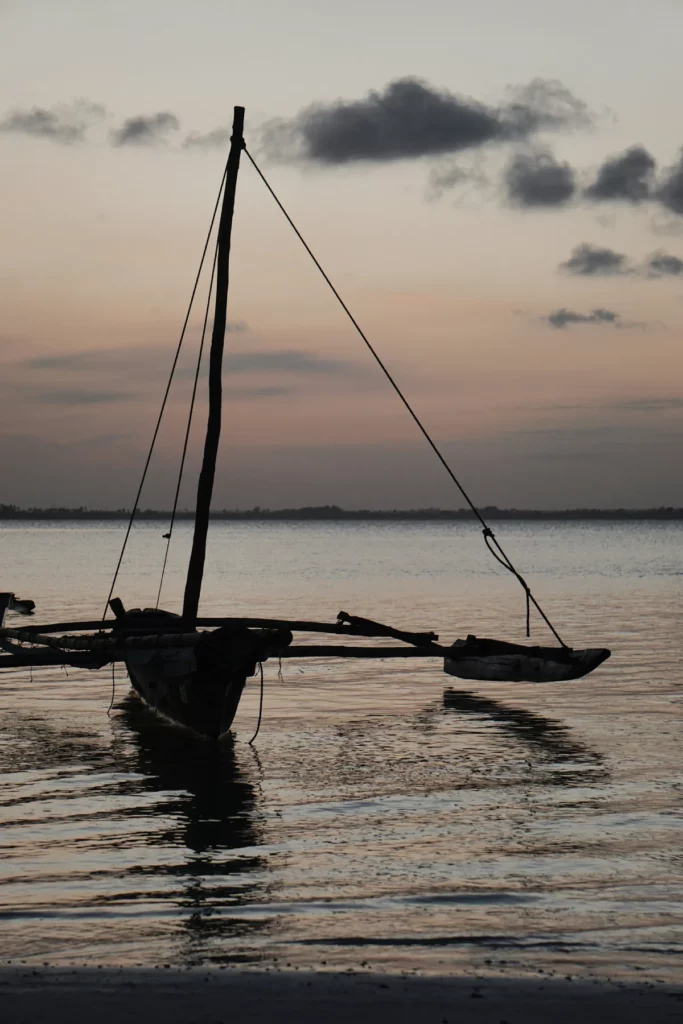
What better way to wind down after a day packed with full-throttle Zanzibar adventure than aboard a traditional wooden dhow, sails billowing in the golden light of the Indian Ocean sunset? These iconic Swahili vessels drift effortlessly across the Indian Ocean, offering you front-row seats to one of the most spectacular sunsets on Earth.
Departing from popular hubs like Stone Town, Kendwa, and Nungwi, sunset dhow cruises vary in style—from laid-back and intimate to lively and musical. Some tours feature local taarab bands, percussionists, or even dancers, transforming the boat into a floating celebration. Others take a quieter approach, inviting you to sip chilled wine, nibble on fresh seafood or spiced snacks, and simply watch the sky turn from gold to crimson to twilight.
This is Zanzibar’s chillest form of adventure. No helmets, no harnesses—just the rhythm of the waves, the whisper of sails, and the occasional splash of a flying fish. It is romantic, restorative, and effortlessly photogenic.
These cruises are ideal for just about everyone, but especially for couples seeking a romantic moment or travelers craving that perfect golden-hour photo. They usually set off around 4:30 pm and last two to three hours, depending on the tide and the mood of the sea.
Pack light—a windbreaker or shawl, your camera, and an open heart. This is not an activity you plan with precision. It is one you surrender to. Let the wind carry you, the music move you, and the horizon surprise you.
Why Choose Zanzibar for Adventure?
So why do these Zanzibar adventure tours stand out compared to those in other beach destinations?
- Diversity of Activities: You can snorkel in the morning, hike a forest in the afternoon, and eat on a rock by sunset.
- Authenticity: Most tours are locally operated, deeply rooted in Swahili culture, and far from commercial overkill.
- Compact Island Size: Everything is relatively close, meaning less time in transit, more time in action.
- Eco-Ethical Choices: From Chumbe’s coral park to community-run kayaking trips, there is a strong emphasis on responsible travel.
And let us not forget the aesthetic—it is hard to beat a backdrop of turquoise lagoons, dhows on the horizon, and ancient alleyways echoing with music.
Crafting Your Zanzibar Adventure: Sample Itineraries
3-Day Adventure Sprint: Short Stay, Big Thrills
Day 1
- Morning: Snorkeling trip to Mnemba Atoll
- Afternoon: Visit a spice farm en route back to Stone Town
- Evening: Rooftop dinner in Stone Town with views over the harbor
Day 2
- Morning: Quad biking in Nungwi and visit to nearby local village
- Afternoon: Relax at Kendwa Beach or go parasailing
- Evening: Sunset dhow cruise with live music
Day 3
- Morning: Jozani Forest trek and mangrove boardwalk
- Afternoon: Swimming with dolphins (ethical tour from Kizimkazi)
- Evening: Depart or overnight in Michamvi for bioluminescence kayaking
7-Day Eco-Cultural Deep Dive
Day 1–2:
Stay in Stone Town; explore the old town, Prison Island, spice farms, and museums.
Day 3:
Kayak through the mangroves in Chwaka Bay and hike Kiwengwa Forest.
Day 4–5:
Head north to Nungwi. Do the Safari Blue tour one day and quad biking the next. Optional scuba diving.
Day 6:
Travel southeast to Paje. Go kitesurfing or take a lesson. Wind down with a sunset cruise or beach bar hangout.
Day 7:
Evening bioluminescence paddleboarding in Michamvi. Optional cultural dance performance in a nearby village.
Booking Tips: How to Avoid the Tourist Traps
Let us be honest—Zanzibar is booming, and with that boom comes a mix of authentic gems and cookie-cutter cash grabs. Here is how to keep your adventures real and rewarding:
Choose Local, Ethical Operators
Look for Zanzibar activities that are locally owned, community-run, or certified by eco-tourism bodies. A few hallmarks:
- Transparent pricing
- Guides who speak both English and Swahili
- Clear policies on wildlife interaction (especially with dolphins or turtles)
- Small group sizes for reef or forest tours
Ask About Group Size and Gear Quality
Before booking:
- Ask how many people are typically in a tour group
- Check whether snorkeling or diving gear is included—and if it is maintained
- Ask if pick-up/drop-off is included, especially for early morning tours
Book Key Activities in Advance—But Not All
What to book early:
- Mnemba Atoll diving/snorkeling
- Safari Blue tours
- Chumbe Island trips
- Sunset dhow cruises during peak season
- Bioluminescence paddling (limited capacity)
What to keep flexible:
- Spice farm visits (plenty of options)
- Forest hikes (often available on short notice)
- Quad biking (usually has space unless it is peak holiday season)
Staying Safe While Adventuring
Most Zanzibar adventure tours are well-run, but it pays to be prepared. Here is a quick checklist:
- Sun protection: The equatorial sun is no joke. Wear reef-safe sunscreen, a wide-brimmed hat, and breathable clothing.
- Hydration: Carry bottled water (and refuse plastic straws where possible).
- Footwear: Flip-flops are fine for dhow rides, but for forest treks or quad biking, pack sturdy sandals or sneakers.
- Insurance: If you plan to scuba dive, kitesurf, or go off-road, make sure your travel insurance covers adventure sports.
Sustainable Zanzibar: Leave Only Footprints
Adventure is fun. Responsible adventure is better. If you are one of the growing tribe of eco-conscious travelers, here is how to explore Zanzibar without leaving a negative mark.
Choose Green Accommodation
Look for lodges and hotels that:
- Use solar power or water catchment systems
- Source food locally
- Are members of responsible tourism associations
Good options include eco-lodges near Jambiani, Paje, and Chumbe.
Mind the Wildlife
- Do not feed wild monkeys—even if they look hungry or cute.
- Do not touch coral while snorkeling.
- Do not use single-use plastics near the beach (most bars and hotels have alternatives).
Respect Local Culture
Zanzibar is a majority-Muslim society with deep-rooted traditions. Modest dress is appreciated outside tourist beach zones. Always ask before photographing people, especially in rural areas.
Support Local Artisans and Guides
Whether it is buying hand-woven baskets in Stone Town or tipping your forest guide in Pongwe, your spending can support sustainable livelihoods.
Final Thoughts: More Than a Beach, It Is a Playground
Zanzibar is not just a destination—it is a dare. A gentle one, sure, wrapped in turquoise water and soft spice breezes, but a dare nonetheless. It dares you to chase the wind across a kitesurfing lagoon and then slow your heartbeat in a silent mangrove channel. To trade your sandals for hiking shoes, your beach towel for a snorkel mask, and your comfort zone for something just a little wilder.
This island is not asking you to be anyone else. It is simply offering you more—more depth, more discovery, more story. Whether you are here to capture new thrills, taste the culture in its rawest form, or reconnect with nature in ways that feel real and right, Zanzibar meets you where you are—and then nudges you further.
The magic is not just in what you do here, but how you feel doing it. The grin as a dolphin slips past. The stillness of a forest trail interrupted by the flick of a red monkey’s tail. The glow around your kayak as the water lights up like fireflies underwater. These are the moments that stay with you long after the beach sand is gone from your shoes.
So come curious. Come bold. Come with time to get a little lost. Zanzibar is ready when you are.

